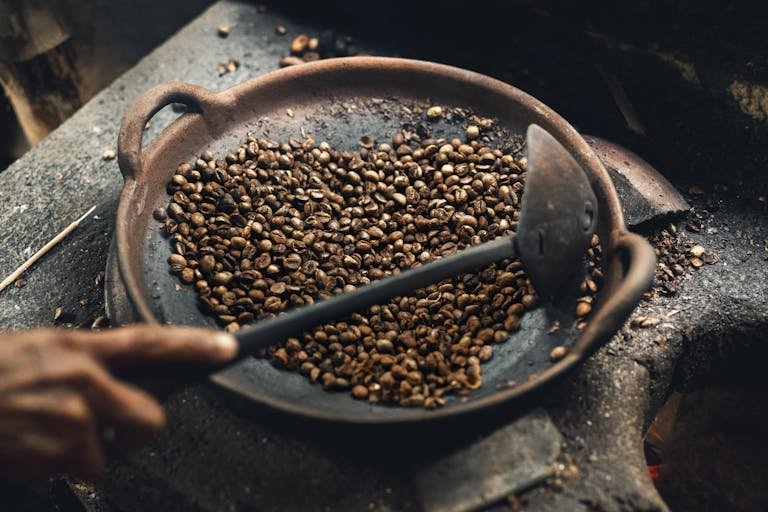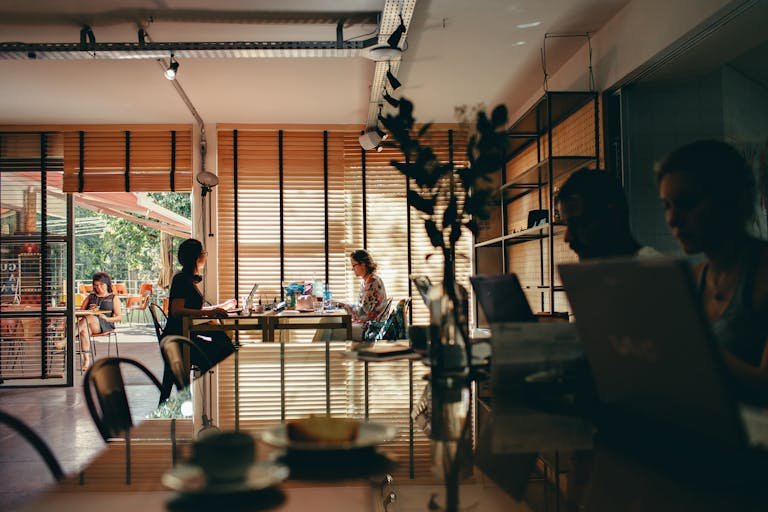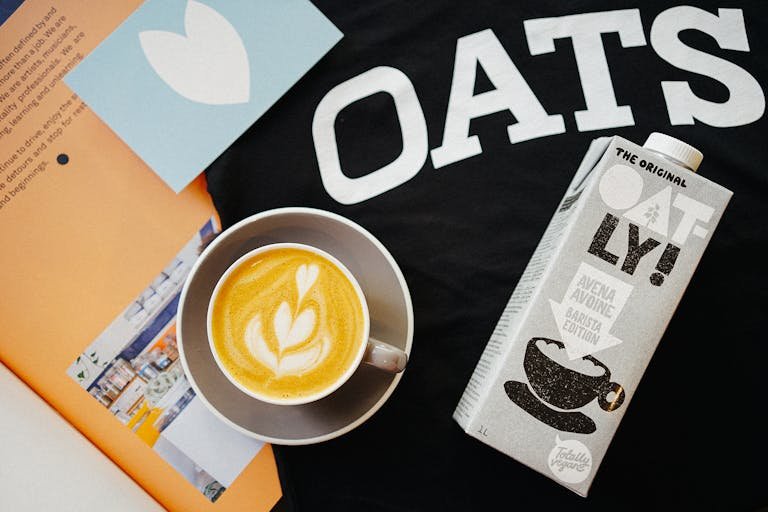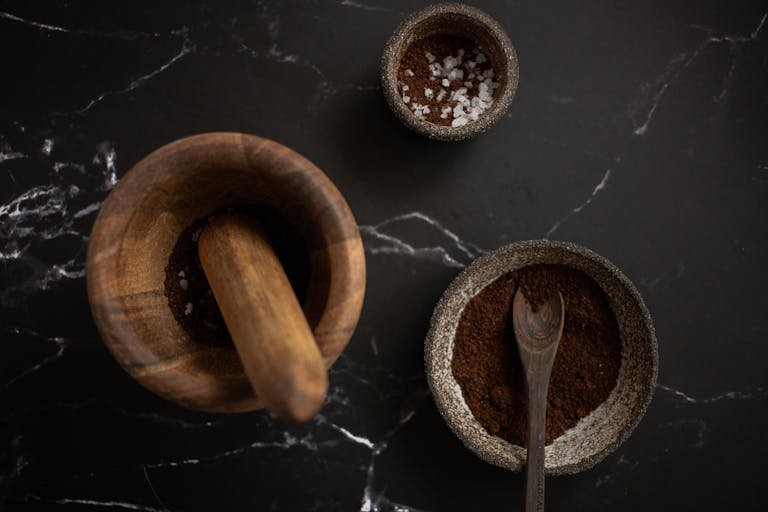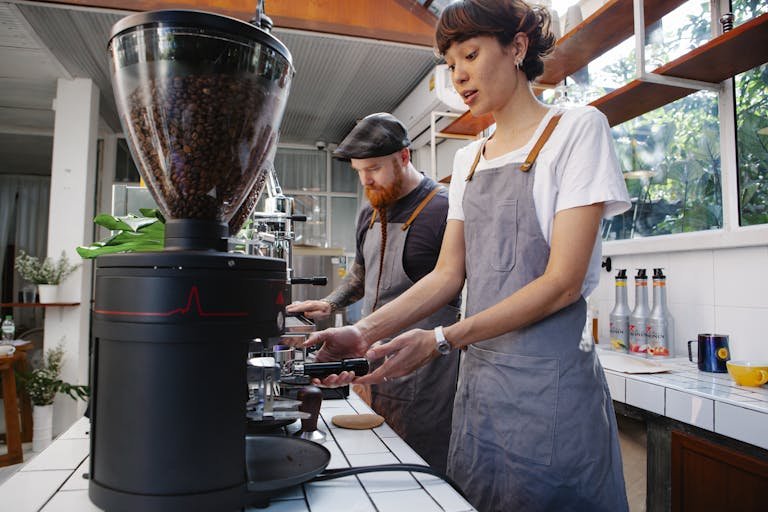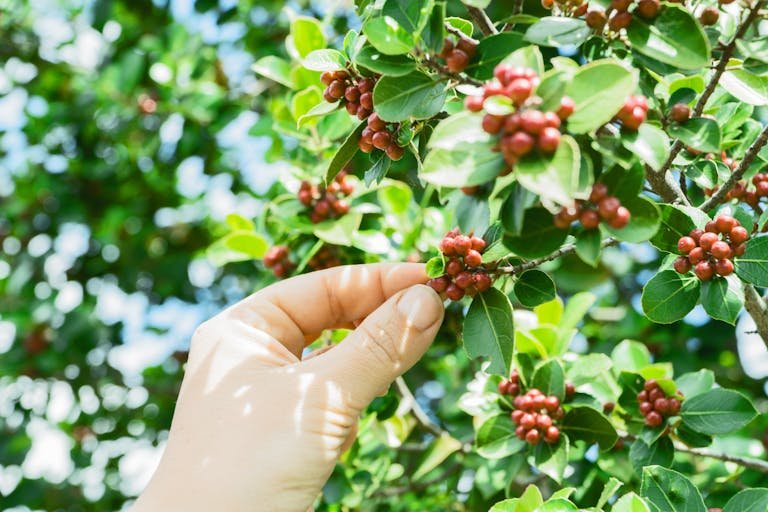Have you ever struggled to find the perfect filter for that smooth, rich flavor in your home-brewed coffee? If you’re nodding your head, you’re not alone. Choosing the right pour-over coffee filter can be a game-changer, transforming your daily cup from good to extraordinary. Whether you’re a coffee enthusiast, a home barista, or someone who values sustainable living, understanding the various types of coffee filters and their impact on taste and the environment is crucial.
In this guide, we’ll take a deep dive into the world of pour-over coffee filters. We’ll explore different filter types, their sizes, and compatibility with various drippers. You’ll also learn how each filter affects the flavor of your coffee and discover practical tips for maintaining them. By the end of this post, you’ll have all the knowledge you need to make an informed choice and elevate your coffee brewing experience.
Understanding Paper Filters
Bleached vs. Unbleached Paper Filters
Paper filters are the most common type of coffee filters, but did you know they come in bleached and unbleached varieties? Bleached filters go through a whitening process using chlorine or oxygen, while unbleached filters are brown and untreated. While bleached filters are often preferred for their clean appearance, unbleached filters are more eco-friendly as they skip the chemical treatment.
Different Brands and Their Impact on Taste
When it comes to paper filters, brand matters. Filters from brands like Hario and Chemex are highly regarded for their quality and consistency. These filters typically produce a cleaner cup of coffee by trapping more oils and fine particles, resulting in a lighter and more nuanced flavor profile. On the other hand, generic brands may not offer the same level of filtration, affecting the taste.
Pros and Cons of Paper Filters
Paper filters are convenient and disposable, making them ideal for busy mornings. However, they contribute to waste and may not be the best choice for those aiming for a zero-waste lifestyle. Additionally, some coffee aficionados argue that paper filters can strip away some of the coffee’s natural oils, leading to a less robust flavor.
Exploring Metal Filters
The Benefits of Metal Filters
Metal filters, commonly made from stainless steel, are known for their durability and reusability. Unlike paper filters, they allow more oils and fine particles to pass through, resulting in a fuller-bodied coffee with a richer flavor. This makes them a popular choice among coffee purists who appreciate the full spectrum of flavors.
Cleaning and Maintenance
Maintaining a metal filter is relatively easy but requires some care. After each use, rinse it thoroughly to remove coffee grounds and oils. For a deeper clean, soak it in a solution of vinegar and water once a month. Proper maintenance ensures that your metal filter lasts for years and continues to deliver great-tasting coffee.
Environmental Impact
From a sustainability standpoint, metal filters are excellent. They reduce waste by eliminating the need for disposable filters and are often made from recyclable materials. If you’re committed to sustainable living, investing in a high-quality metal filter is a smart choice.
Unveiling Cloth Filters
Benefits of Cloth Filters
Cloth filters, typically made from organic cotton, offer a unique middle ground between paper and metal filters. They trap more oils than paper filters but fewer than metal ones, providing a balanced flavor profile. Cloth filters are also reusable, making them a more sustainable option than paper filters.
Drawbacks and Care Instructions
However, cloth filters require more maintenance. After each use, they should be rinsed and stored in water to prevent drying out and mold growth. Periodically, they need to be boiled to remove built-up oils and residues. Despite the extra effort, many coffee enthusiasts swear by the superior taste that cloth filters provide.
Choosing the Right Cloth Filter
When selecting a cloth filter, look for high-quality, organic options. Brands like CoffeeSock offer durable and eco-friendly cloth filters that fit various drippers. Investing in a good cloth filter can enhance your coffee experience while reducing your environmental footprint.
Deciphering Filter Sizes
Common Filter Sizes
Filters come in various sizes, designed to fit different drippers. The most common sizes are #1, #2, and #4, with each size corresponding to specific dripper models. Using the correct filter size ensures optimal extraction and prevents issues like overflow or under-extraction.
Matching Filters with Drippers
It’s essential to match your filter size with your dripper. For example, a Hario V60 typically uses a #2 filter, while a Chemex 6-cup model uses a proprietary Chemex filter. Always check the manufacturer’s recommendations to ensure compatibility and the best brewing results.
Choosing Based on Coffee Strength and Volume
Filter size also affects coffee strength and volume. Larger filters allow for higher coffee-to-water ratios, producing stronger brews. If you prefer a milder coffee, opt for a smaller filter and adjust your brewing technique accordingly.
Taste Effects of Different Filters
How Filters Affect Extraction
The type of filter you use plays a significant role in the coffee extraction process. Paper filters produce a cleaner cup by removing more oils and fine particles, while metal filters allow more oils through, resulting in a richer flavor. Cloth filters offer a balanced extraction, capturing some oils while allowing a fuller taste.
Experiment Results and Comparisons
To understand the impact of different filters, try conducting your taste tests. Brew the same coffee using paper, metal, and cloth filters and compare the flavors. You might be surprised at how much the filter material influences the final cup’s taste and aroma.
Adjusting Brewing Techniques
Depending on your filter choice, you may need to tweak your brewing technique. For instance, metal filters may require a coarser grind to prevent over-extraction, while paper filters might benefit from a finer grind for optimal flavor extraction. Experimenting with different techniques can help you find the perfect balance.
Read Also: Elevate Your Latte: Find the Perfect Milk
Buying Guides and Recommendations
Top-Rated Filters for Every Budget
When it comes to purchasing filters, there’s something for everyone. High-end paper filters from brands like Hario and Chemex offer excellent quality and consistency. For metal filters, consider options like Able Brewing’s Kone or Kinko’s reusable filter. If you’re inclined toward cloth filters, CoffeeSock provides durable and eco-friendly choices.
Detailed Product Reviews
Reading product reviews can help you make an informed decision. Look for reviews that discuss factors like durability, ease of use, and the impact on flavor. User testimonials can also provide valuable insights into the real-world performance of different filters.
Curated Lists Based on Preferences
Create a list of filters based on your specific needs and preferences. For example, if sustainability is a priority, focus on reusable metal or cloth filters. If convenience is key, opt for high-quality paper filters that offer a clean, hassle-free brewing experience.
Storage and Maintenance Tips for Filters
Cleaning Techniques for Longevity
Proper cleaning is essential for maintaining your filters. Rinse paper filters immediately after use to remove coffee grounds and oils. For metal and cloth filters, follow the manufacturer’s cleaning instructions to ensure they stay in good condition and deliver consistent results.
Preventing Mold and Odors
To prevent mold and odors, store your filters in a dry, well-ventilated area. Avoid leaving cloth filters in damp conditions, as this can lead to mold growth. For metal filters, ensure they are completely dry before storing them to prevent rust and odors.
Tips for Extending Filter Life
Extend the life of your filters by handling them with care. Avoid using abrasive cleaning tools that can damage the filter material. Regular maintenance, such as soaking metal filters in a vinegar solution or boiling cloth filters, can help preserve their performance and longevity.
Customizing Your Brew with Different Filters
Exploring Flavor Profiles
Experimenting with different filter types allows you to explore a range of flavor profiles. Paper filters provide a clean and crisp cup, while metal filters offer a fuller body and richer taste. Cloth filters strike a balance, delivering a smooth and nuanced flavor.
Adjusting Grind Size
The grind size of your coffee beans should complement the filter you’re using. For paper filters, a medium-fine grind works best, while metal filters may require a coarser grind. Cloth filters are versatile and can handle a range of grind sizes, giving you flexibility in your brewing process.
Brewing Time Considerations
Brewing time also plays a role in the final taste of your coffee. Paper filters typically require a shorter brewing time, while metal filters may need a longer extraction to achieve the desired flavor. Adjusting your brewing time based on the filter can help you perfect your pour-over coffee.
Sustainable Practices in Coffee Brewing
Eco-Friendly Filter Options
For eco-conscious coffee lovers, reusable filters are the way to go. Metal and cloth filters reduce waste and minimize the environmental impact of your brewing process. Choosing sustainable options helps protect the planet while enjoying your favorite beverage.
Reducing Waste with Reusable Filters
By opting for reusable filters, you significantly reduce the amount of waste generated from disposable paper filters. This small change can make a big difference in your overall environmental footprint, contributing to a more sustainable coffee culture.
Supporting Ethical Coffee Practices
In addition to using sustainable filters, consider supporting coffee brands that prioritize ethical sourcing and environmentally friendly practices. Look for certifications like Fair Trade and Rainforest Alliance to ensure your coffee is produced responsibly.
Read Also: Coffee Concentrate Magic: Instant Energy Boost
Conclusion
Choosing the right pour-over coffee filter can elevate your brewing experience and enhance the flavor of your coffee. Whether you prefer the clean taste of paper filters, the rich flavor of metal filters, or the balanced profile of cloth filters, understanding the options available helps you make an informed decision.
By considering factors like filter size, maintenance, and environmental impact, you can find the perfect filter to suit your needs. Don’t hesitate to experiment with different filters and brewing techniques to discover your ideal cup of coffee.
Now, it’s your turn! Share your experiences with different filters in the comments below. Which filter type do you prefer and why?

